Neuro
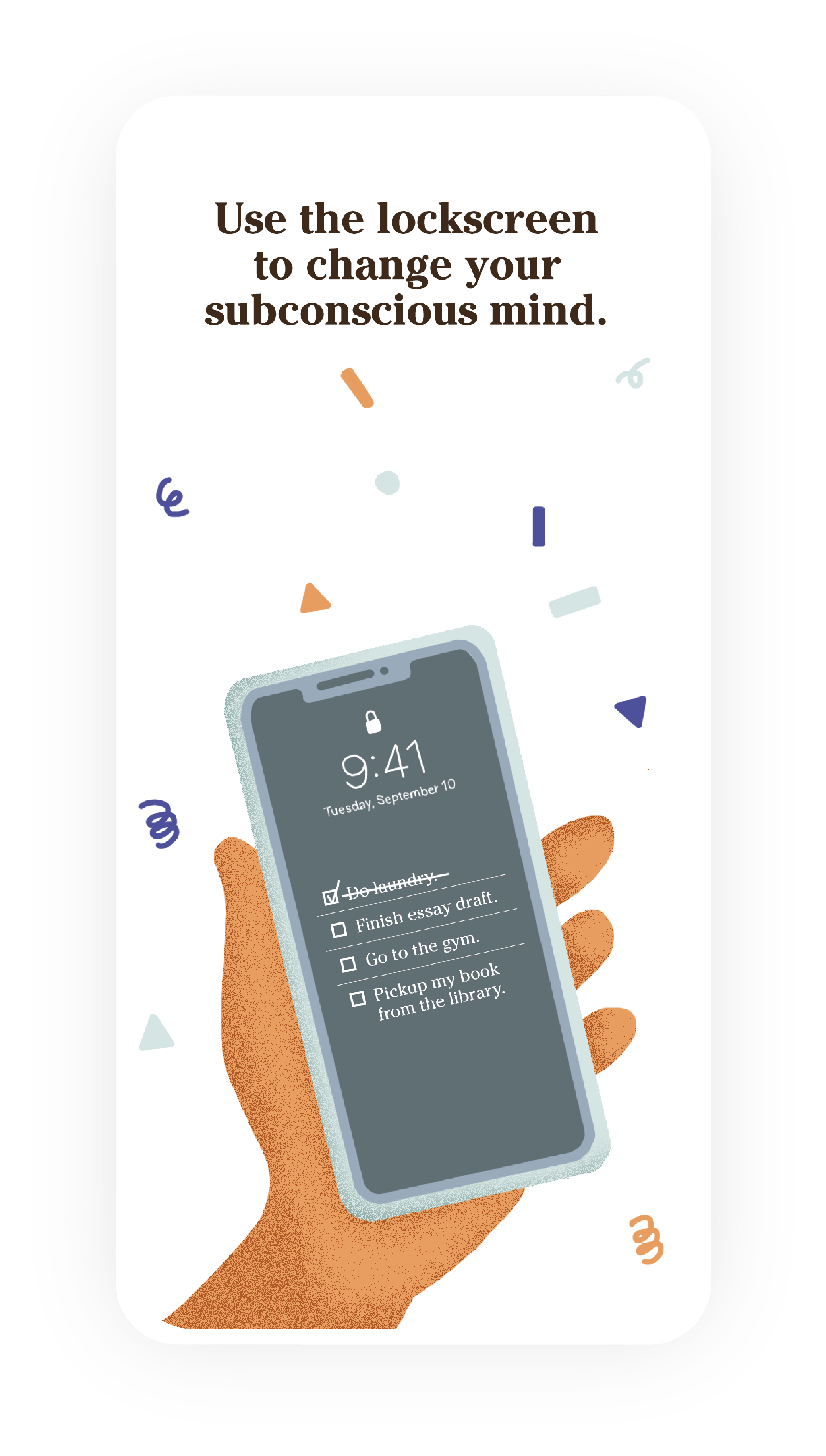
Challenge
How might we change the smart phone from being one of the biggest distractions to a useful tool that's geared towards goal setting, and how our mind operates?
Full Process
My Role
UX Design, Research, Interaction Design, Prototyping, Usability Testing, Ideation, and Visual Design.
Year
2020
Timeline
1 Month
Tools
Figma
Team
2 UX Designers
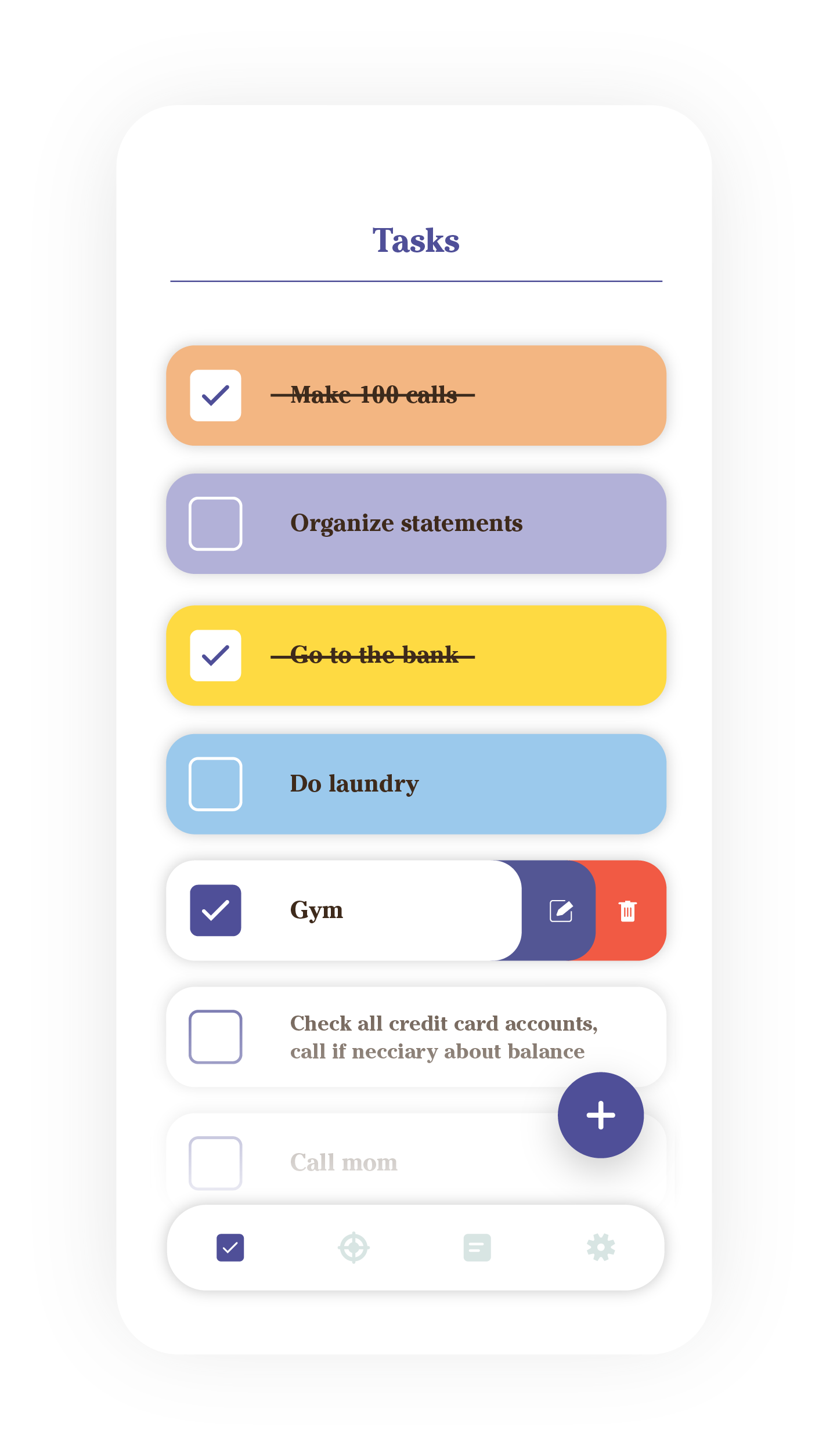
Task screen
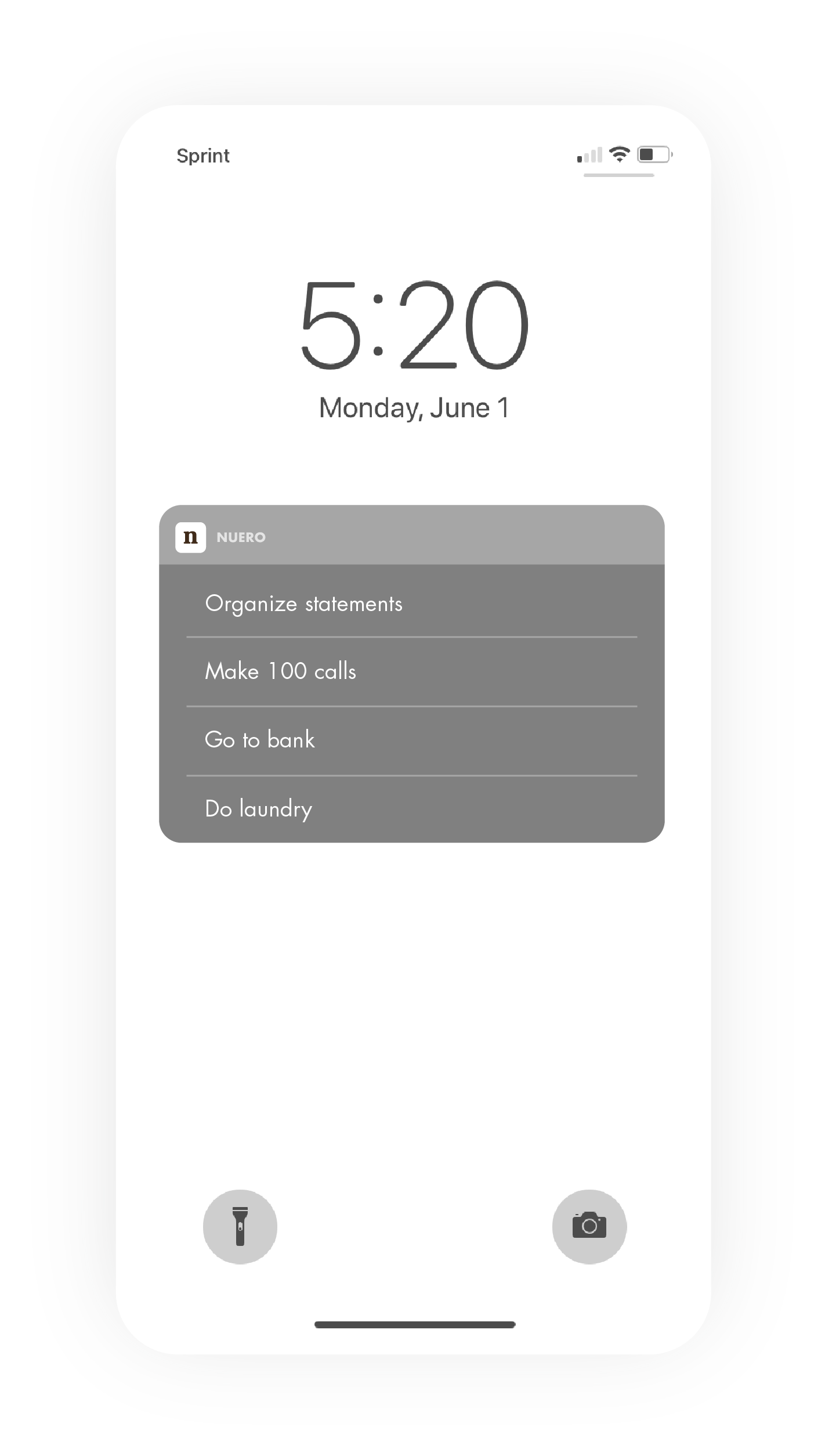
Lock screen mode

Journal dashboard
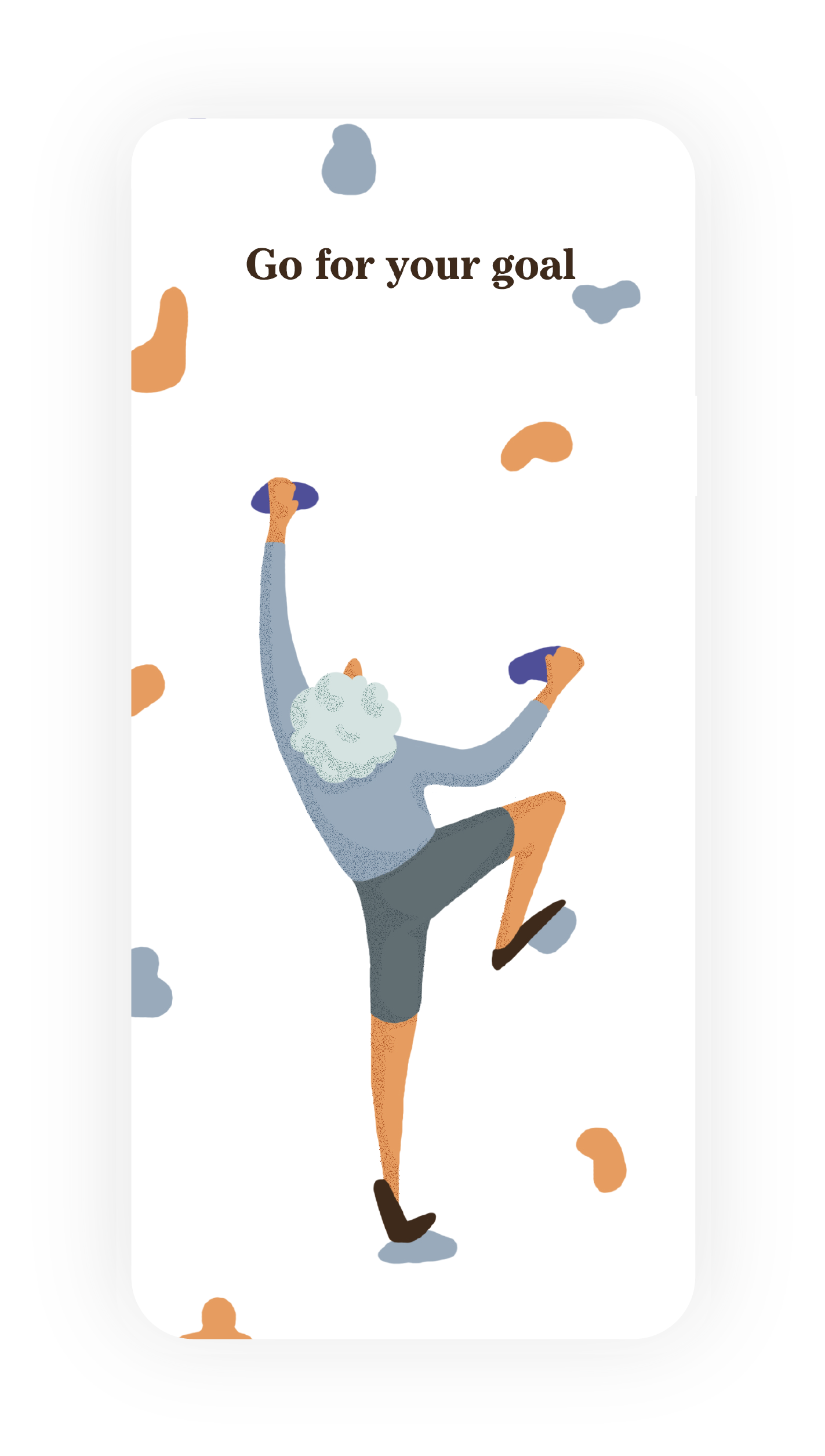
Onboarding screen
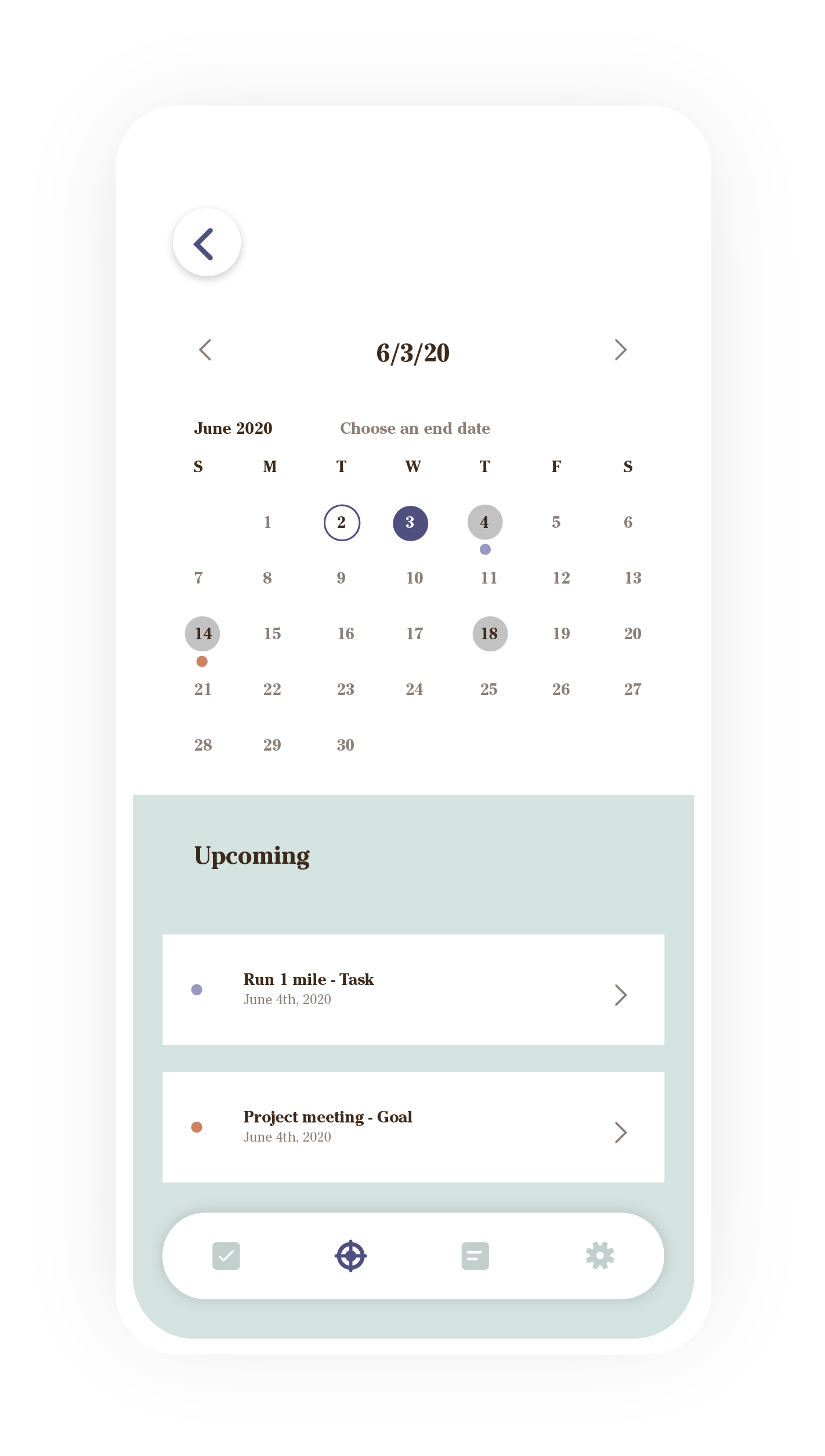
Goal setting calendar

Onboarding screen
01
Understand
Context
The smart phone is by far one of the biggest distractions since it's appearance in 2007, how can we change that to be a good thing? Our goal is to spread self-awareness around productivity and the science behind how to stay productive without losing focus.
Problem Definition
Out of many issues identified, 2 stood out as clear problems people face on a daily basis.
-
Procrastination and Distractions - While researching common distractions, amongst many, the smart phone is one of the biggest distractions. Subconscious Mind - How might we gain a deeper understanding on how the brain works to better help people hone in on their goals?
Discovery
Highlights
We unearthed useful insights through user research and conducted field studies.
- A study has been conducted with 150,000 people, measuring how many times a day the average person unlocks their phone. Measurements recorded on average; people look at their phone 110 times a day.
- Most people take notes or use a whiteboard but still don't feel efficient in achieving their goals.
- Most people are not aware of the neuroscience behind the functions of a brain.
- Neuroscience proves that the Reticular Activating System (RAS) is in the stem of your brain and is influenced everyday by your thoughts and actions.
User Interview
Interviewing people gave us more insight on why people get distracted and/or Procrastinate. We've learned through the interviews that most of them share common distractions and deal with them similarly - writing down goals, using whiteboards, sticky notes, timers, and journals.
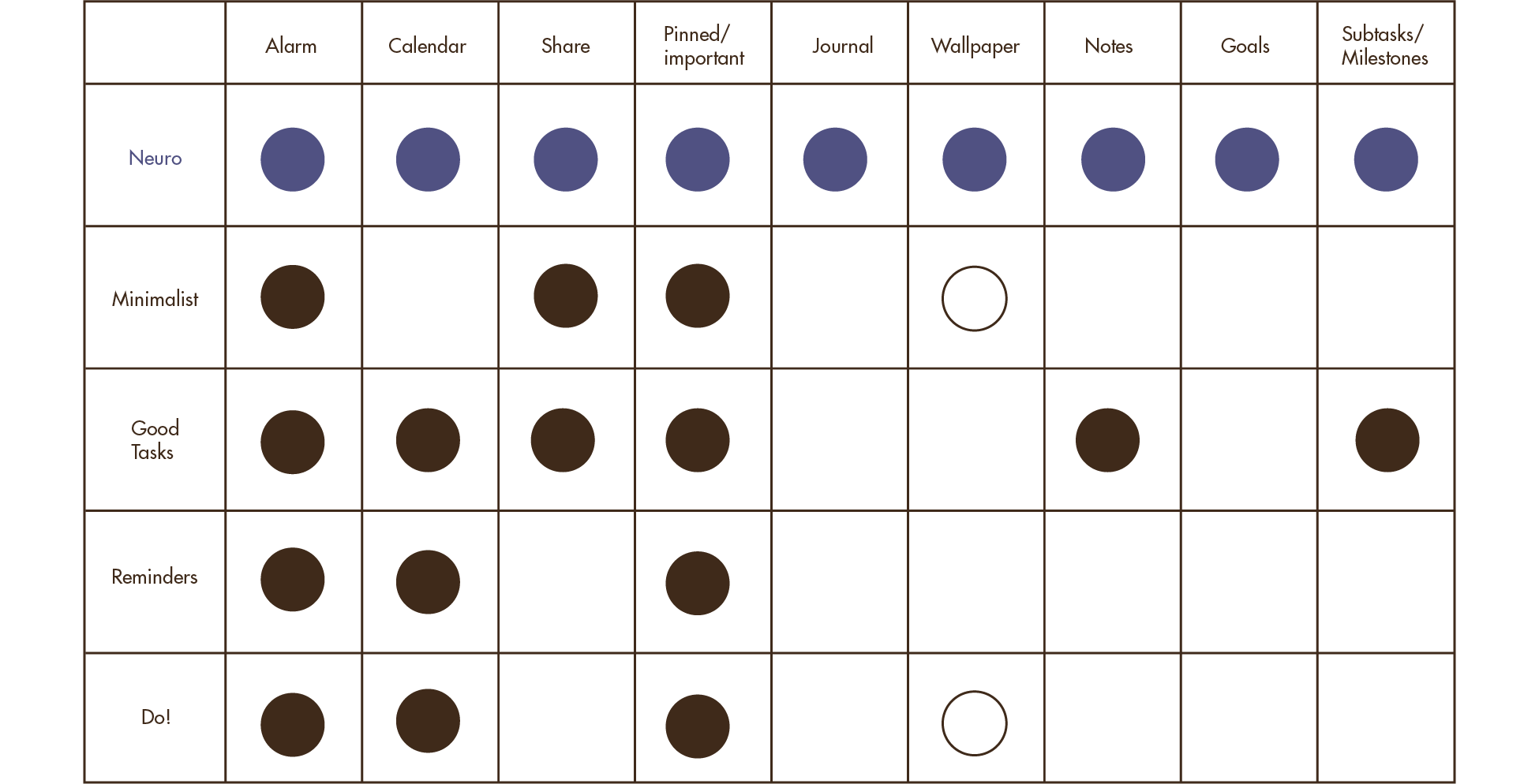
Competitor analysis
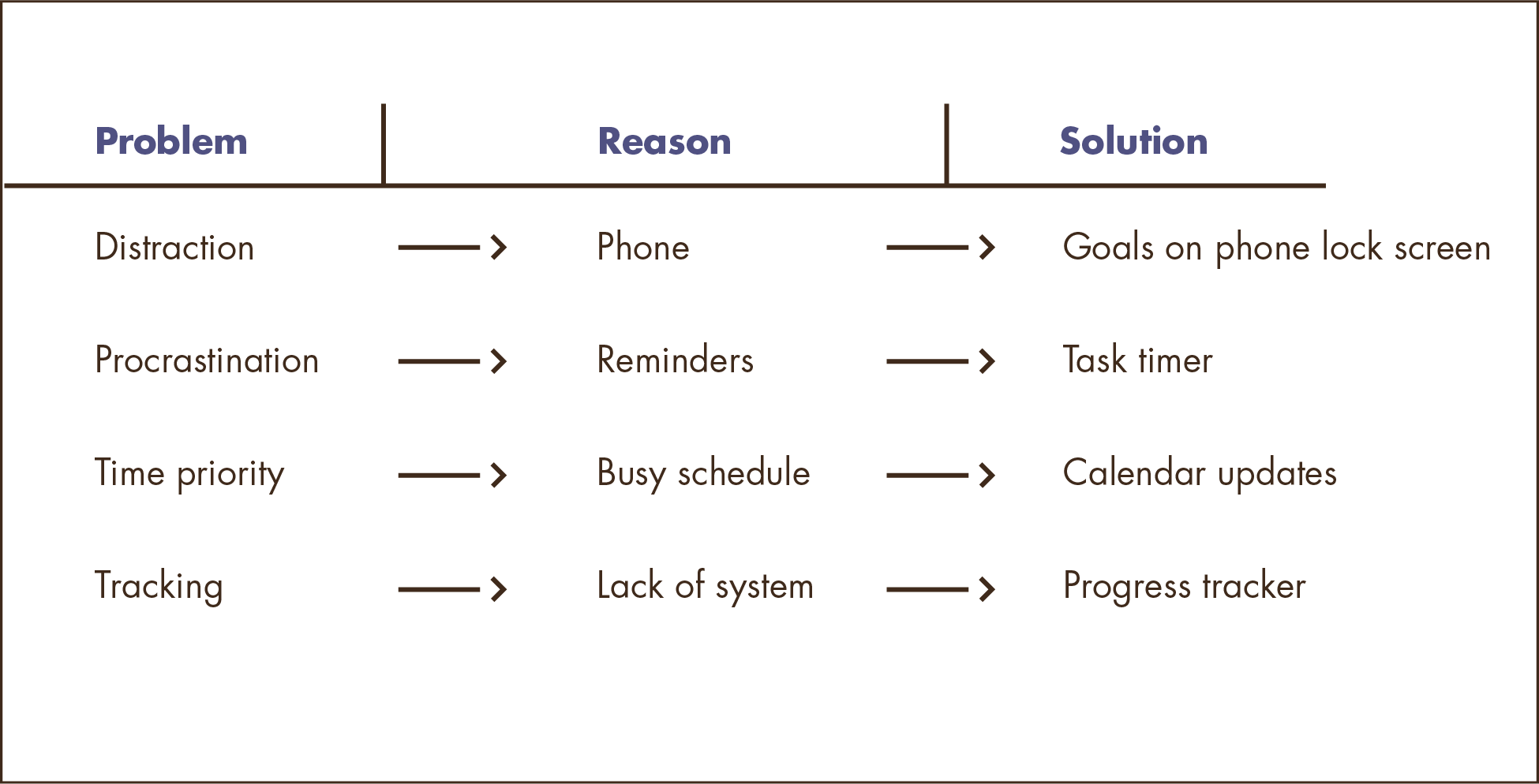
Assumption analysis
02
Gain Confidence
Ideation
With my partner, I sketched out a number of different interaction model concepts for its overall look.
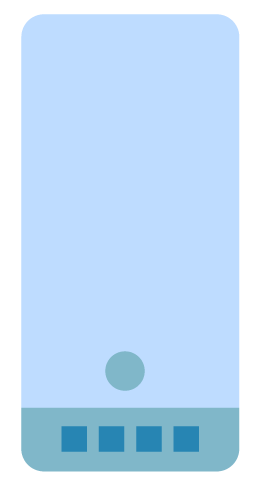
Minimal
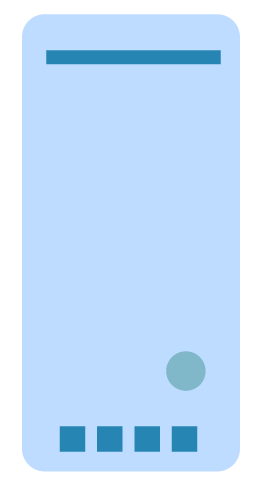
Hand holding
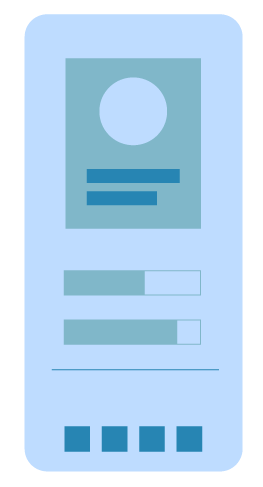
Profile oriented
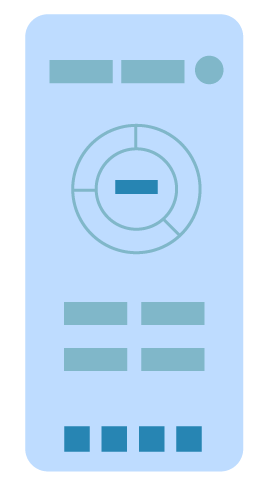
Statistic based
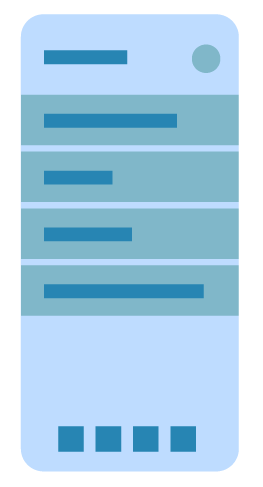
Color blocking
Together, we discussed pros and cons of each direction, and quickly converged on a hybrid model that would best serve users' needs.
Finally, I prototyped a few different concepts and we ran light concept testing on each.
Validate + Iterate
Low Fidelity Prototype
I made a low-fidelity clickable prototype, and had friends and family try it out. I started each person with a goal to "create a task and save it to the lock screen," observing how quickly they could do this.Iteration
After a few rounds of user testing, I made several changes and quickly redesigned and rebuilt the prototype.
Users brought to my attention that though the functions were simple they had to think longer on what to do for their actions amongst all the other options. Creating a section and list for Milestones gave it hierarchy and made the functions clearer.

One user felt as if they missed something on the calendar because of its call to attention. For consistency and to clear confusion, we changed it to an icon to work as a system with the other functions.
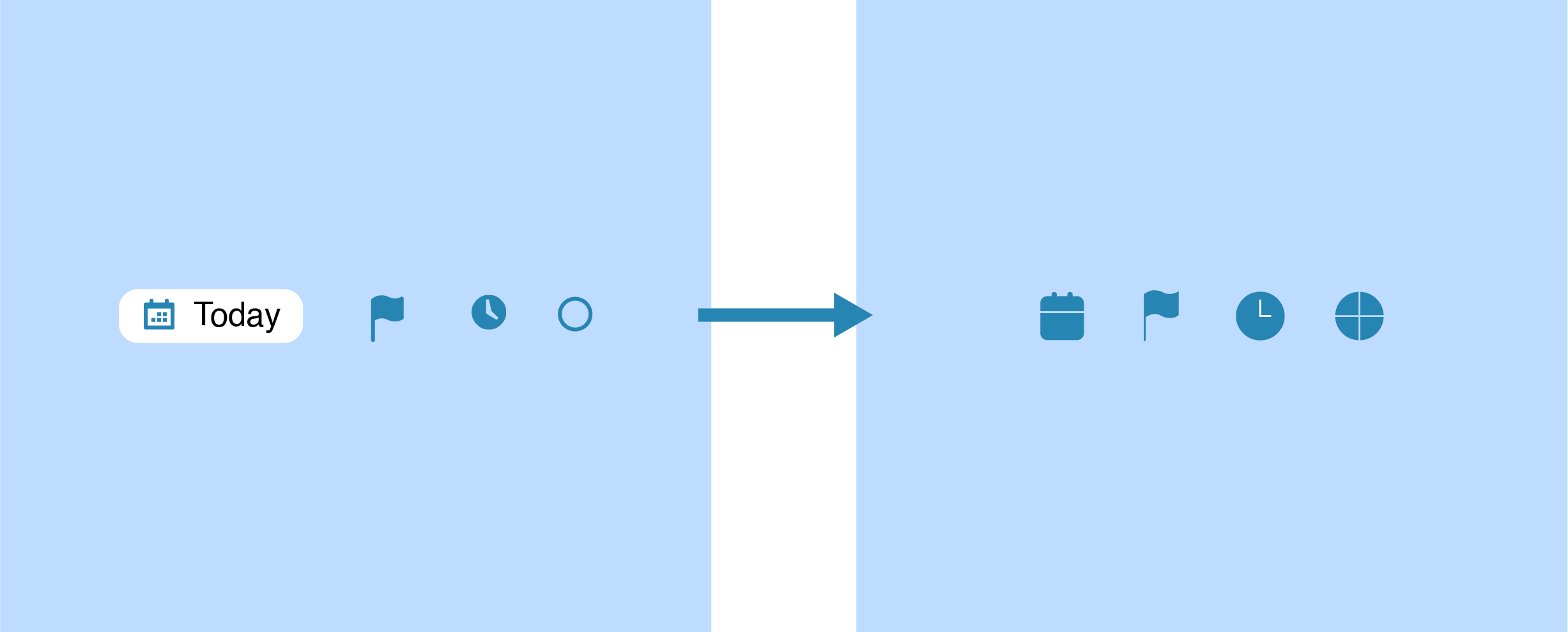
Keeping users updated with their overall calendar while choosing dates on their tasks and goals, will help them to prioritize and choose the best dates.

A common problem users had was understanding what important icon was. User perceived the important icon as a bookmark. Once changing it to a flag, they acknowledge its function more clearly.
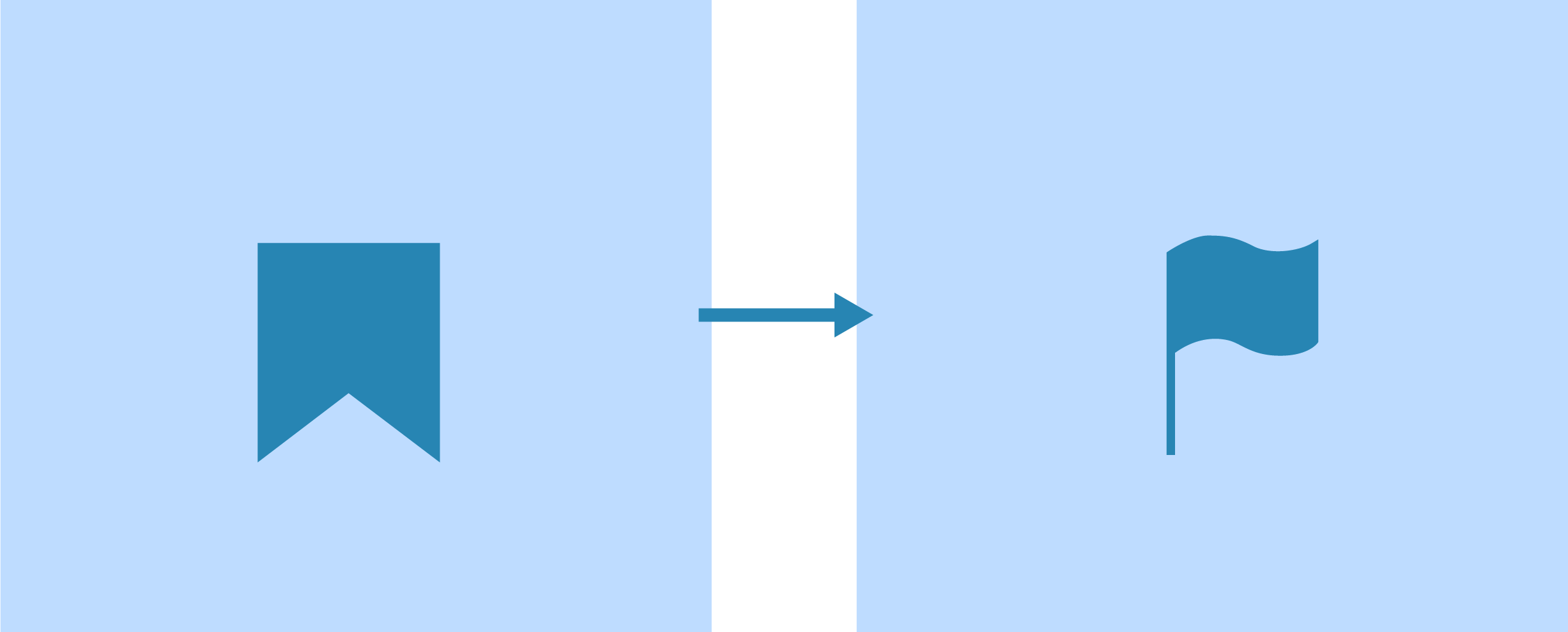
03
Polish
Final Designs & Prototypes
Along with final design, I built the final prototypes in Figma.
These helped demonstrate how interactions looked and felt, and would also be a resource for engineers.

Lock Screen Tasks
Reflecting on the WYTAYBA (what you think about you bring about) fact, having your tasks displayed where you look mostly will improve task retention. Lock screen reminders will subconsciously mold your goals into your conscious memory to keep the task top of mind. The power of the suggestion is highly receptive to the subconscious mind. Your habitual thinking mold, fashion, and create your everyday life.
Milestones
Setting a lofty two-year goal can be intimidating, but understanding what is needed of you weekly up to the two-year mark helps you attack your goal more clearly. This organized system can also be shared with a team so that everyone is on the same page of when something is due.
Journal
While in progress your goals and after completion, reflecting on them helps uncover what you liked and didn't like, allowing yourself room to grow and improve.
04
Conclusion
Results
Any of the following outcomes would suggest that the design is successful:
-
More people are able to
work diligently on their daily tasks and goals -
More people become
aware of the neuroscience behind how they retain info -
More people experience an
increase in productivity -
More people become
more conscious of bad habits and adopt new ones -
Managing tasks with friends is
more efficient
Reflection
Through this project, I learned more about the importance of communication when organizing deliverables to be due on time. I feel confident when starting new goals in life after researching how the brain works and best practices for achieving goals.
Isaac
Thomas
